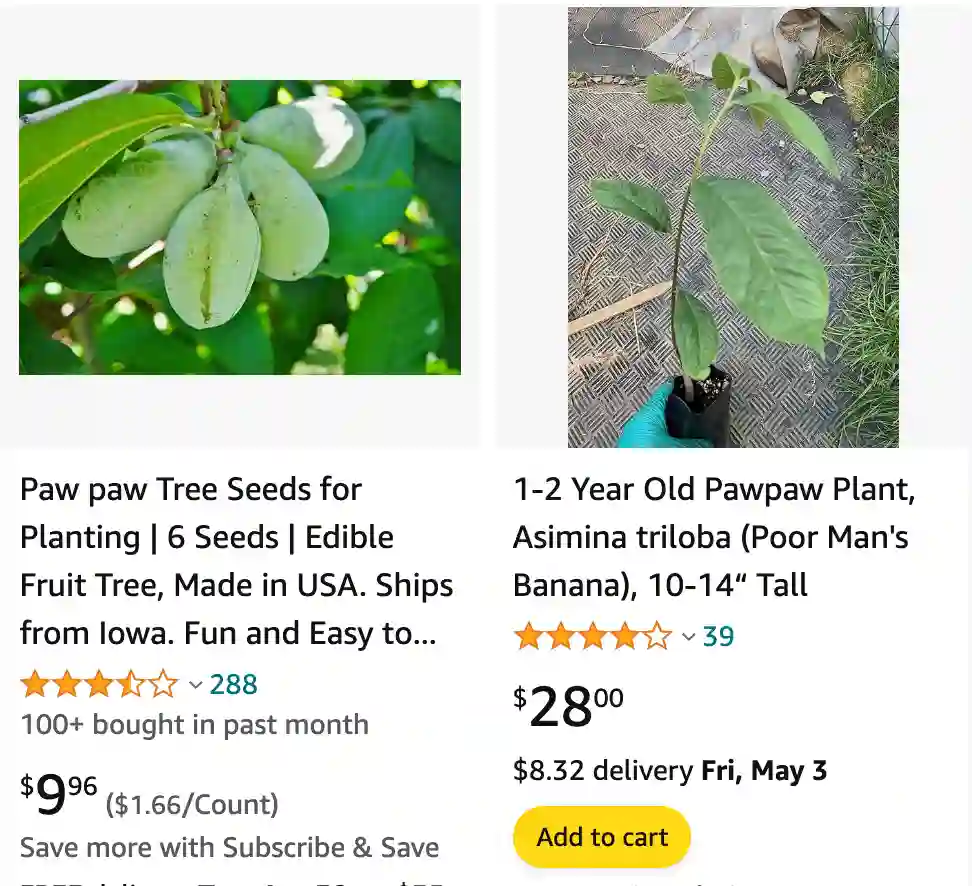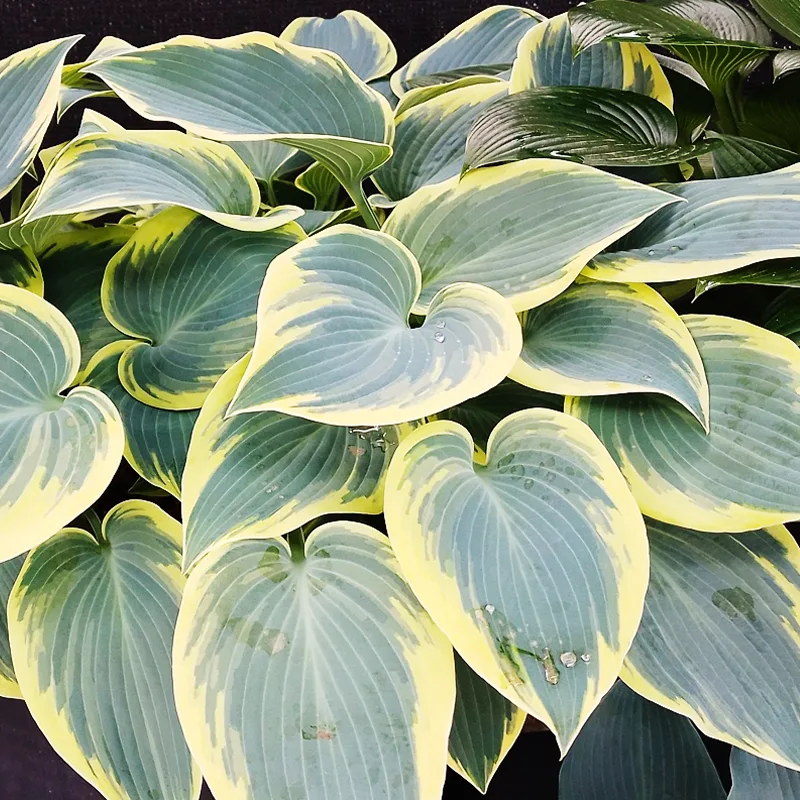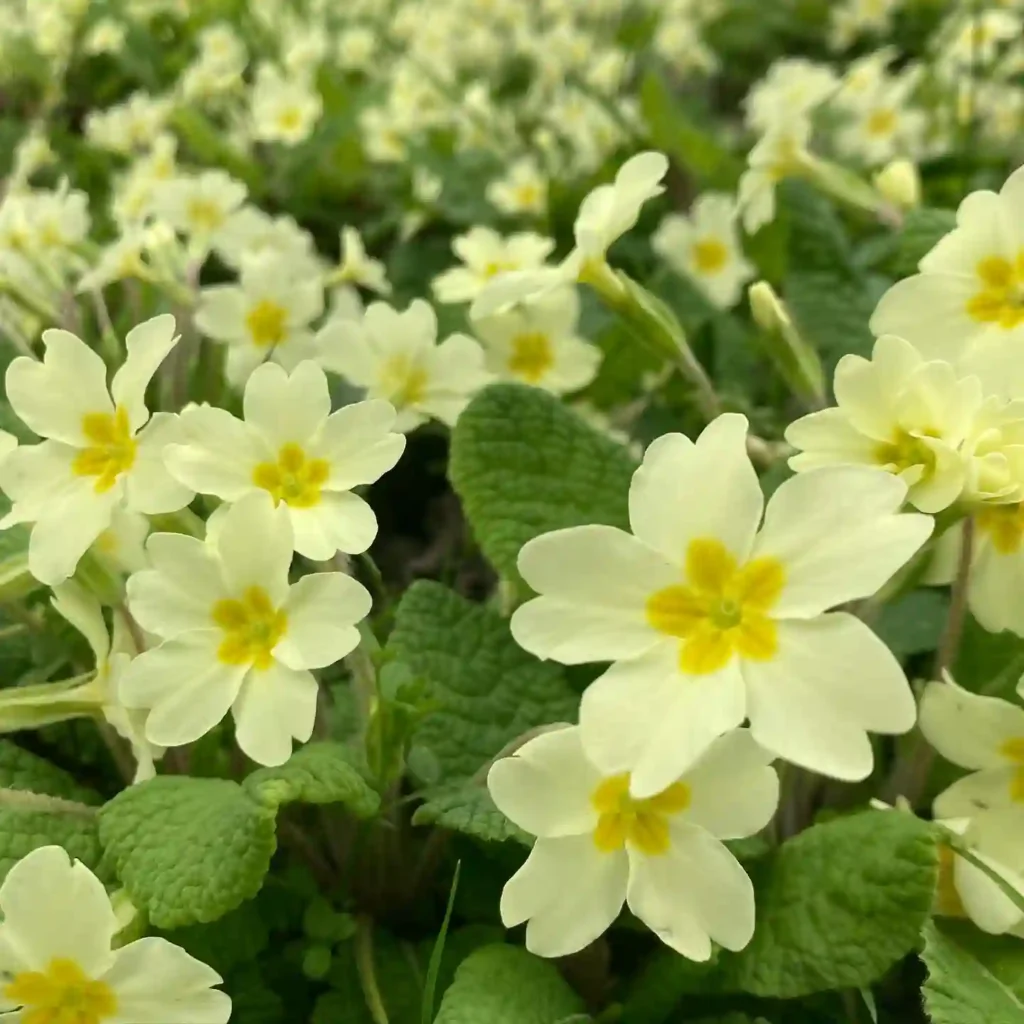
What is paw paw fruit?
Paw paw fruit is a hidden gem of nature that I discovered while exploring the Appalachian region. Its creamy texture and tropical flavor took me by surprise during a camping trip with friends. I remember stumbling upon a grove of paw paw trees while hiking, and the sight of these exotic fruits dangling from the branches intrigued me. With a sense of curiosity, I plucked one from the tree and tasted it. The rich, custard-like flesh burst with flavors reminiscent of mango and banana, instantly winning me over. Since then, I’ve made it a tradition to seek out paw paw fruit whenever I venture into the wild, savoring its unique taste and the adventure it represents.
What do paw paw trees look like?
Paw paw trees have a distinct appearance that sets them apart from other trees in the forest. During my hikes in the Appalachians, I’ve come across these fascinating trees with their broad, dark green leaves that resemble tropical foliage. The branches often droop elegantly, adorned with clusters of pendulous fruits that hang like hidden treasures waiting to be discovered. The trunk of the paw paw tree is typically slender, with a smooth, grayish-brown bark that adds to its allure. Spotting a paw paw tree amidst the forest canopy is always a delightful sight, signaling the possibility of encountering its delicious fruits nearby.
What do paw paw taste like?
The taste of paw paw fruit is truly one-of-a-kind, and it’s an experience I cherish every time I bite into one. Imagine a fusion of tropical flavors dancing on your palate – hints of mango, banana, and perhaps a touch of vanilla, all wrapped up in a creamy, custard-like texture. That’s the magic of paw paw. It’s sweet, yet subtly tangy, with a richness that leaves you craving more. Every bite feels like a journey through a lush, exotic landscape, evoking memories of sunny days and carefree adventures. For me, the taste of paw paw is a sensory delight that never fails to bring a smile to my face.
How to eat paw paw?
Eating paw paw is a delightful experience that’s best enjoyed when the fruit is perfectly ripe. When I’m ready to indulge in a paw paw, I gently press my thumb against the skin to check for ripeness – it should yield slightly, indicating that it’s ready to be enjoyed. Then, I carefully slice the fruit open lengthwise, revealing the creamy, golden flesh inside. Using a spoon, I scoop out the soft pulp, savoring each spoonful as I enjoy the tropical flavors bursting in my mouth. The seeds are large and easy to remove, so I simply spit them out as I go along. Sometimes, I get creative and incorporate paw paw into smoothies, desserts, or even savory dishes to add a unique twist to my meals. However you choose to enjoy it, eating paw paw is a culinary adventure that never disappoints.
When do paw paw ripen?
Paw paws typically ripen in late summer to early fall, usually around September to October in my experience. During this time, you’ll notice the fruit starting to change color, transitioning from green to a more yellowish hue. The skin also becomes slightly softer to the touch, indicating that it’s reaching peak ripeness. It’s important to keep an eye on the fruit as it ripens, as paw paws have a short window of perfect ripeness before they become overripe and mushy. When they’re ready, they’ll give off a sweet, tropical aroma, signaling that it’s time to indulge in their deliciousness.
How to make paw paw salad?
Making a paw paw salad is a delightful way to showcase the unique flavors of this exotic fruit. To start, I gather ripe paw paws and carefully peel away the skin, revealing the creamy flesh inside. Then, I slice the paw paw into bite-sized pieces and place them in a bowl. Next, I add a variety of complementary ingredients to enhance the flavors and textures. This could include crisp lettuce or mixed greens, sliced strawberries for a pop of sweetness, toasted walnuts for crunch, and perhaps some crumbled feta cheese for a creamy tang. For the dressing, I like to keep it simple with a light vinaigrette made with olive oil, balsamic vinegar, a touch of honey, and a sprinkle of salt and pepper. I toss everything together gently to coat the ingredients evenly, then serve the paw paw salad immediately for a refreshing and satisfying dish that celebrates the beauty of this unique fruit.
What is paw paw fruit good for?
Paw paw fruit is not only a delicious treat but also packs a nutritional punch, offering a range of health benefits. Rich in vitamins, minerals, and antioxidants, paw paw is good for boosting immunity, supporting digestive health, and promoting overall well-being. Its high fiber content aids in digestion and helps regulate bowel movements, while its array of vitamins, including vitamin C and vitamin A, contribute to a strong immune system and healthy skin. Additionally, paw paw contains beneficial compounds like acetogenins, which have been studied for their potential anti-cancer properties. Incorporating paw paw into your diet can be a tasty way to nourish your body and enjoy its many health benefits.
How fast do paw paw trees grow?
Paw paw trees are known for their relatively slow growth compared to many other fruit trees. From my experience and what I’ve learned, paw paw trees typically grow at a moderate pace, adding about 1 to 2 feet of height per year under optimal conditions. However, growth rates can vary depending on factors such as soil quality, sunlight exposure, and moisture levels. In the early years, paw paw trees may take some time to establish themselves, but once they reach maturity, they can provide a bountiful harvest of delicious fruits for years to come. Patience is key when cultivating paw paw trees, as their slow growth is well worth the wait for the delectable rewards they offer.
Where to buy paw paw fruit near me?
Finding paw paw fruit can be a bit challenging, as it’s not as widely available as more common fruits like apples or oranges. However, you may have luck finding paw paw at specialty grocery stores, farmers’ markets, or local orchards, especially if you live in or near regions where paw paw trees grow naturally, such as the eastern United States. Additionally, some online retailers and specialty fruit suppliers may offer paw paw fruit for sale, allowing you to purchase it from the comfort of your own home. I’d recommend checking with local farmers’ markets or doing a quick search online to see if there are any sources of paw paw fruit near you. If you’re feeling adventurous, you might even consider foraging for paw paws in the wild, although be sure to research proper identification and ethical harvesting practices beforehand.
Can guinea pigs eat paw paw?
Guinea pigs can indeed eat paw paw fruit in moderation, as it can provide them with a tasty and nutritious treat. Paw paw is rich in vitamins and minerals, including vitamin C, which is essential for guinea pigs’ health. However, it’s important to introduce paw paw slowly into their diet and only offer it occasionally as a special treat, rather than as a staple food. Like with any new food, it’s best to start with a small amount to see how your guinea pig reacts and to monitor for any digestive issues. Additionally, make sure to remove any seeds from the paw paw before feeding it to your guinea pig, as the seeds can be a choking hazard. Overall, paw paw can be a fun and healthy addition to your guinea pig’s diet when offered in moderation alongside their regular diet of hay, fresh vegetables, and pellets.
Can you eat paw paw skin?
While the skin of paw paw fruit is technically edible, it’s not commonly consumed due to its tough and bitter taste. In fact, many people find the skin to be unpalatable and choose to peel it away before eating the fruit. Additionally, the skin may contain compounds that some individuals find irritating to the mouth or digestive system. Therefore, it’s generally recommended to remove the skin of paw paw before consuming the fruit. This allows you to fully enjoy the sweet and creamy flesh inside without encountering any unpleasant flavors or textures from the skin.
Can dogs eat paw paw?
Paw paw fruit is generally not recommended for dogs. While the flesh of the paw paw itself may not be toxic to dogs in small amounts, other parts of the plant, such as the seeds and leaves, contain compounds that can be harmful to dogs if ingested. These compounds, known as acetogenins, can cause digestive upset, neurological symptoms, and even more severe health issues in dogs. Therefore, it’s best to err on the side of caution and avoid feeding paw paw fruit to your furry friend. If you suspect that your dog has ingested any part of a paw paw plant or is experiencing symptoms of illness after consuming paw paw, it’s important to seek veterinary attention immediately.
Do deer eat paw paw?
Yes, deer are known to eat paw paw leaves, buds, and even fruits. Paw paw trees are part of the native flora in many regions where deer roam, and they are among the plants that deer may browse on when foraging for food. However, the extent to which deer consume paw paw may vary depending on factors such as the availability of other food sources, the size of the deer population, and the specific preferences of individual deer. While deer may indeed eat paw paw, they are likely to also consume a variety of other plants as part of their natural diet.
If i die, water my plants!



